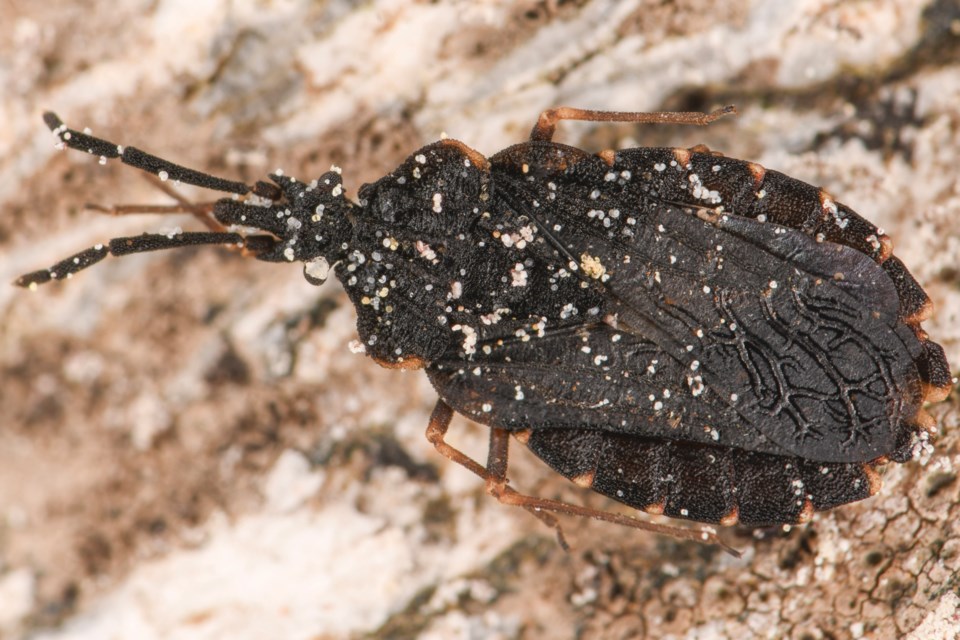When you think of fungi, do you think of a delicious dish or oddball orbs of various colours that grow in the forest? Well, for many insects, they call the fruiting bodies of fungi—mushrooms—a feast, and a home.
If you are a forager of mushrooms, then the thought of turning the cap of a perfectly beautiful bolete over, only to find that a colony of wriggling bugs has reached the sweet meat before you, might send you into a rage. Hopefully, this article can impart some insight into the wonderful world of mycophagous insects (“myco” meaning fungi, and phagous meaning “to feed”) that share the love of Whistler’s fall fungal feast.
The first insect I’d like to introduce is probably the most common insect you’d find in a mushroom: the springtail, of the subclass collembola. Springtails often send foragers walking away with their tails between their legs, but they are important decomposers in our local ecosystems that eat decaying organic matter. Using a specialized organ at the end of their antennae, called sensilla, they taste what lies before them.
It’s a pleasure to introduce another mycophagous insect: the family erotylidae, also known as the pleasing fungus beetles! These small, two- to 22-millimetre brown beetles with clubbed antennae use mature mushrooms during their larval and adult stages. Many genera are specific to a group of fungi. Some prefer feeding on the fungal spores or the hyphae of oyster mushrooms (Pleurotus), while others enjoy munching on mushrooms with mycorrhizal associations with tree roots, which include the brittlegill (Russula) and death cap mushrooms (Amanita).
Mushroom living is not all fun and games—sometimes it’s war! Including for some species of Ciidae, minute tree-fungus beetles that live in polypores, or bracket fungi (the mini shelves on tree trunks). Males of some Ciid species have horns, presumed to be for fighting off other males or other beetle types within the tunnels of a polypore. During peaceful times, Ciids find their preferred fungi by “sniffing” out the chemicals emitted by the fungi.
Some insects prefer siphoning up the nutrients of the mycelium itself (slurp, slurp). The white, spaghetti-esque mass you may have seen in our local forests is a fungi’s root-like structure, called mycelium. Mycelium is composed of hyphae, which are thin, filamentous strands. Aradid, or flat bugs of the family aradidae, use their mouthpart called a stylet, a thin, tube-like apparatus, to penetrate the hyphae. The stylet can be longer than the insect’s own body! From there, the aradid slurps up the fungi’s cell sap or cytoplasm (mmm, nutritious).
So next time you peer under a dyer’s polypore, or the orange cap of a chanterelle, perhaps a fungivorous insect will be staring back at you! You can do just that during the Whistler Naturalists’ Fungus Among Us Mushroom Festival on Oct. 14 and 15 featuring talks, walks, a forest-to-table lunch, and a mushroom display. Some events are sold out, so please check our website for updated information and to buy tickets: whistlernaturalists.ca. No ticket is required for the mushroom display at Legends Hotel in Creekside on Saturday from 2:30 to 4 p.m. (by donation).
Naturespeak is prepared by the Whistler Naturalists. To learn more about Whistler’s natural world, go to whistlernaturalists.ca.




